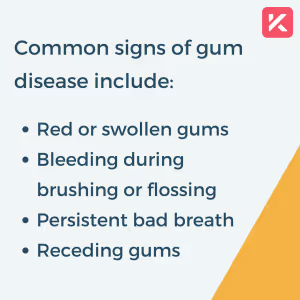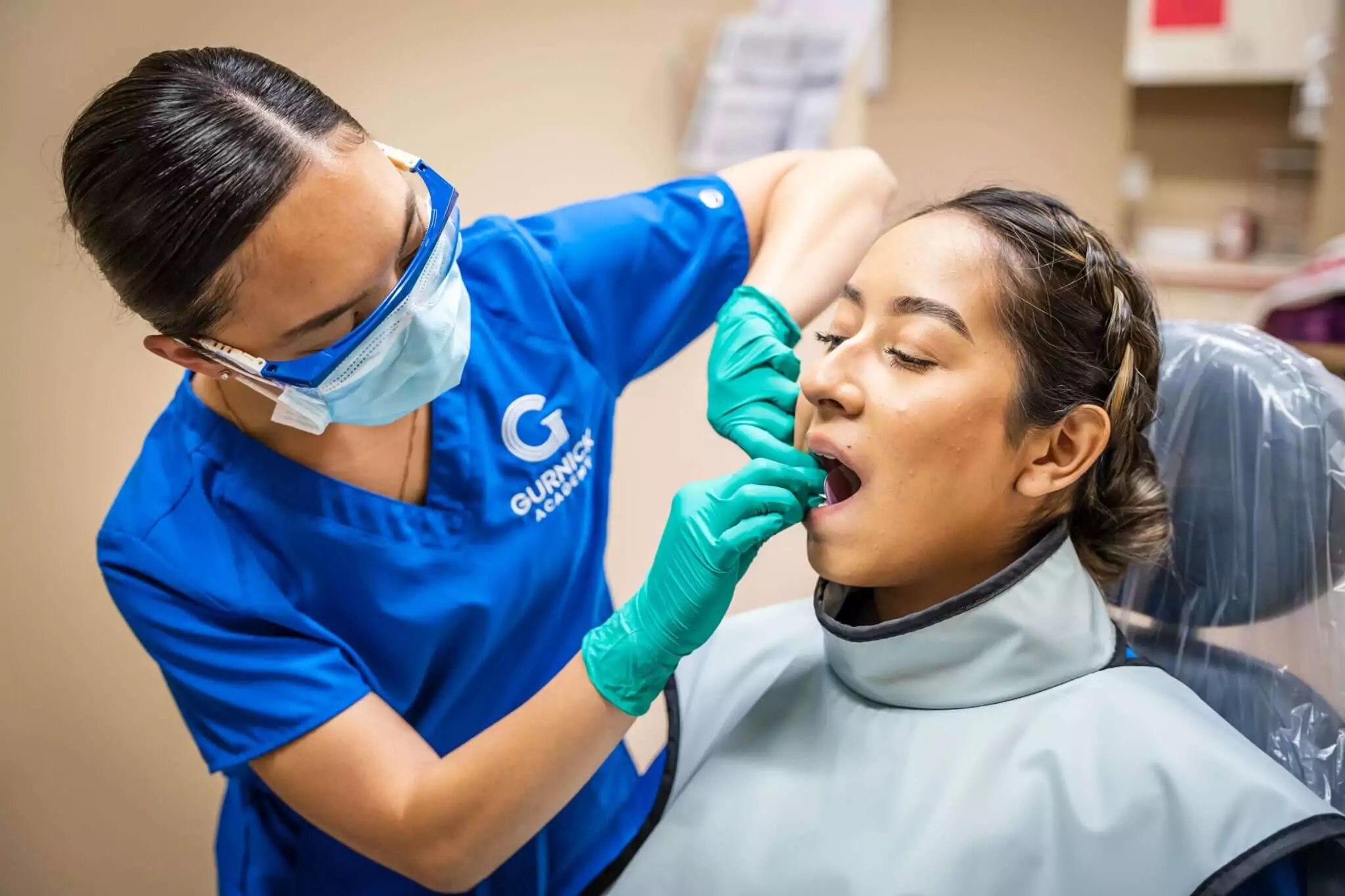Table of contents
Get Started with Kwikly
Get the latest updates, insights, and exclusive content delivered straight to your inbox.
February has been designated Gum Disease Awareness Month in an effort to educate individuals about the signs, risks, and preventative measures associated with this oral health issue. The awareness program was launched in 2012 by the Institute for Advanced Laser Dentistry, a non-profit educational and research center dedicated to providing evidence-based clinical training in advanced laser dentistry therapies. Gum Disease Awareness Month provides us with an opportunity to shed light on a widespread yet often neglected oral health issue.
What is Gum Disease?
Gum disease, also known as periodontal disease, is a common yet serious condition that affects the tissues surrounding the teeth. Despite its prevalence, many people are unaware of the potential consequences of untreated gum disease.
Gum disease typically begins with gingivitis, an inflammation of the gums caused by plaque buildup. If left untreated, gingivitis can progress to periodontitis, a more severe form of gum disease that affects the supporting structures of the teeth. Common signs of gum disease include red or swollen gums, bleeding during brushing or flossing, persistent bad breath, and receding gums. The common causes of Gum Disease are:

- Poor Oral Hygiene: The primary cause of gum disease is inadequate oral hygiene. When a sticky film of bacteria called plaque builds up on teeth, it can harden into tartar, leading to inflammation of the gums.
- Smoking and Tobacco: Tobacco use is a significant risk factor for gum disease. Smoking weakens the immune system, making it harder for the body to fight off infections, especially infections of the gums.
- Genetics: If your family has a history of periodontal problems, you may be at a higher risk.
- Hormonal Changes: Hormonal fluctuations during pregnancy, menstruation, and menopause can make gums more susceptible to inflammation.
Preventative Measures
Understanding your risk factors allows for proactive preventive measures. Here are ways you can stay proactive in preventing gum disease:
- Regular Dental Check-ups: Schedule routine dental visits for professional cleanings and thorough examinations. Early detection of gum disease allows for timely intervention and management.
- Avoid Tobacco Products: Smoking and chewing tobacco increase the risk of gum disease. Quitting these habits not only benefits your overall health but also improves gum health.
- Stress Management: Chronic stress can negatively impact oral health. Practice stress-reducing activities such as meditation, yoga, or deep breathing exercises.
- Stay Hydrated: Drinking an adequate amount of water helps flush away bacteria and debris, contributing to healthier gums.
Treatment of Gum Disease
Treatment options for gum disease depend on the severity of the condition. Here are some common treatment options:
- Scaling and Root Planing: This is often the first line of treatment for gum disease. A dental hygienist or dentist will use special instruments to remove plaque and tartar from the teeth and below the gumline (scaling) and smooth out rough spots on the roots of the teeth (root planing) to help prevent bacteria from accumulating again.
- Medications: Antibacterial mouth rinses or oral antibiotics may be prescribed to help control bacterial growth and reduce inflammation.
- Laser Therapy: Some dentists use lasers to remove infected tissue and bacteria from the gums.
- Surgical Treatments: In advanced cases of gum disease, surgical intervention may be necessary. This can include Flap Surgery/Pocket Reduction Surgery, Soft tissue grafts, Bone grafts, and Guided tissue regeneration.

Gum Disease Awareness Month is a valuable opportunity to prioritize gum health and take proactive steps towards preventing and managing gum disease. By spreading awareness, understanding the signs, and embracing good oral hygiene practices, we can collectively work towards nurturing healthier gums. Let this month introduce positive change in oral health habits, paving the way for a future where gum disease is better understood and effectively prevented.








